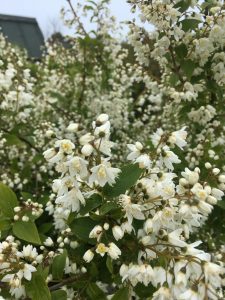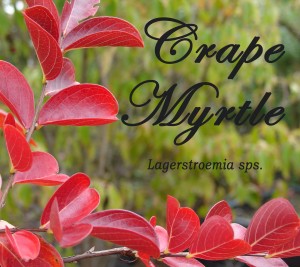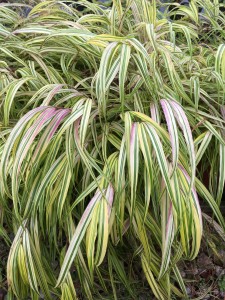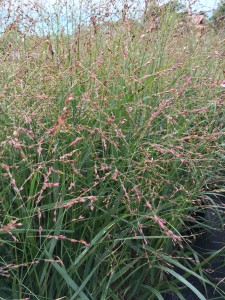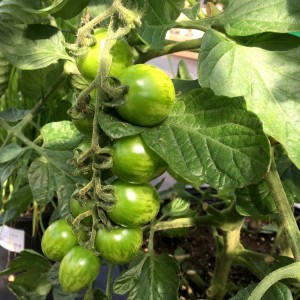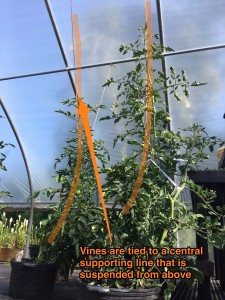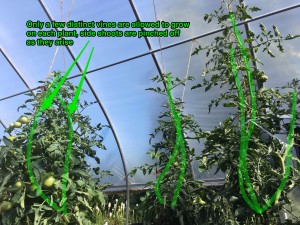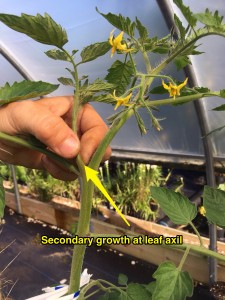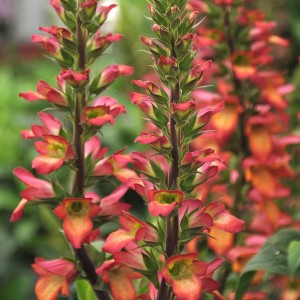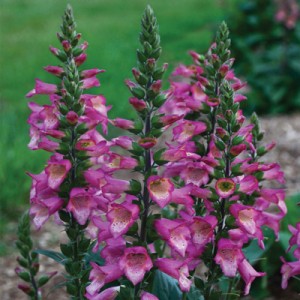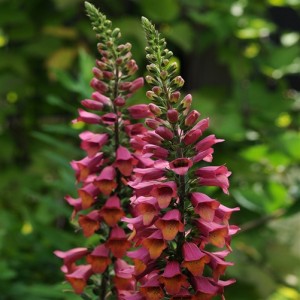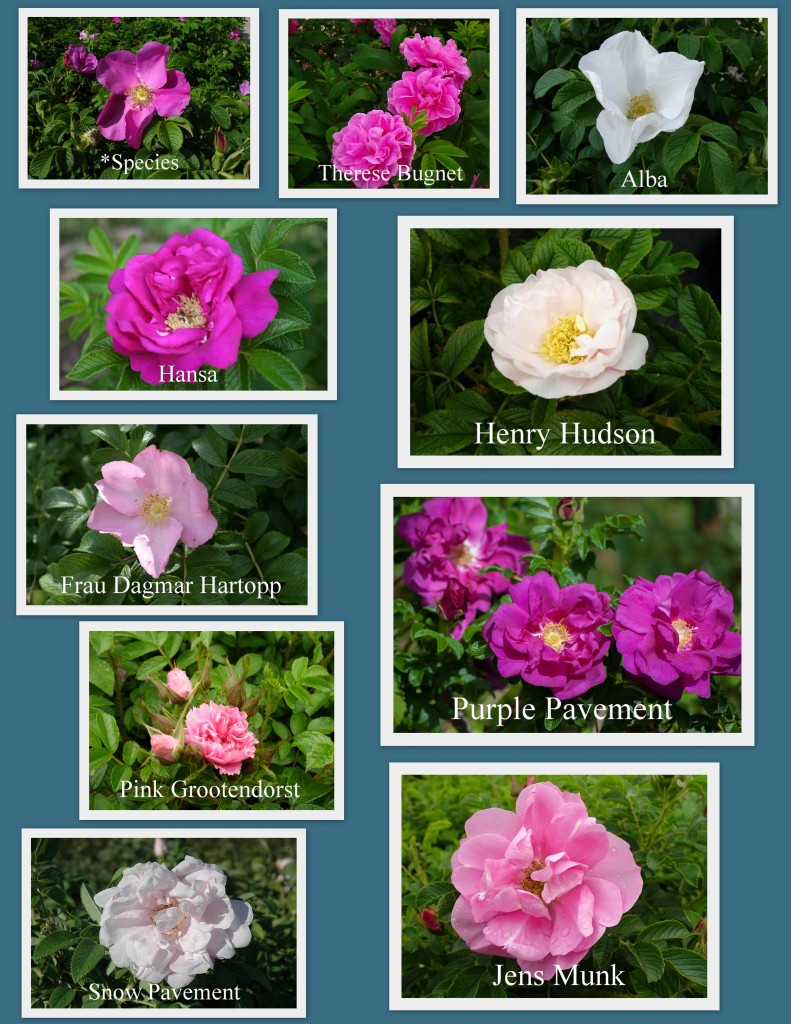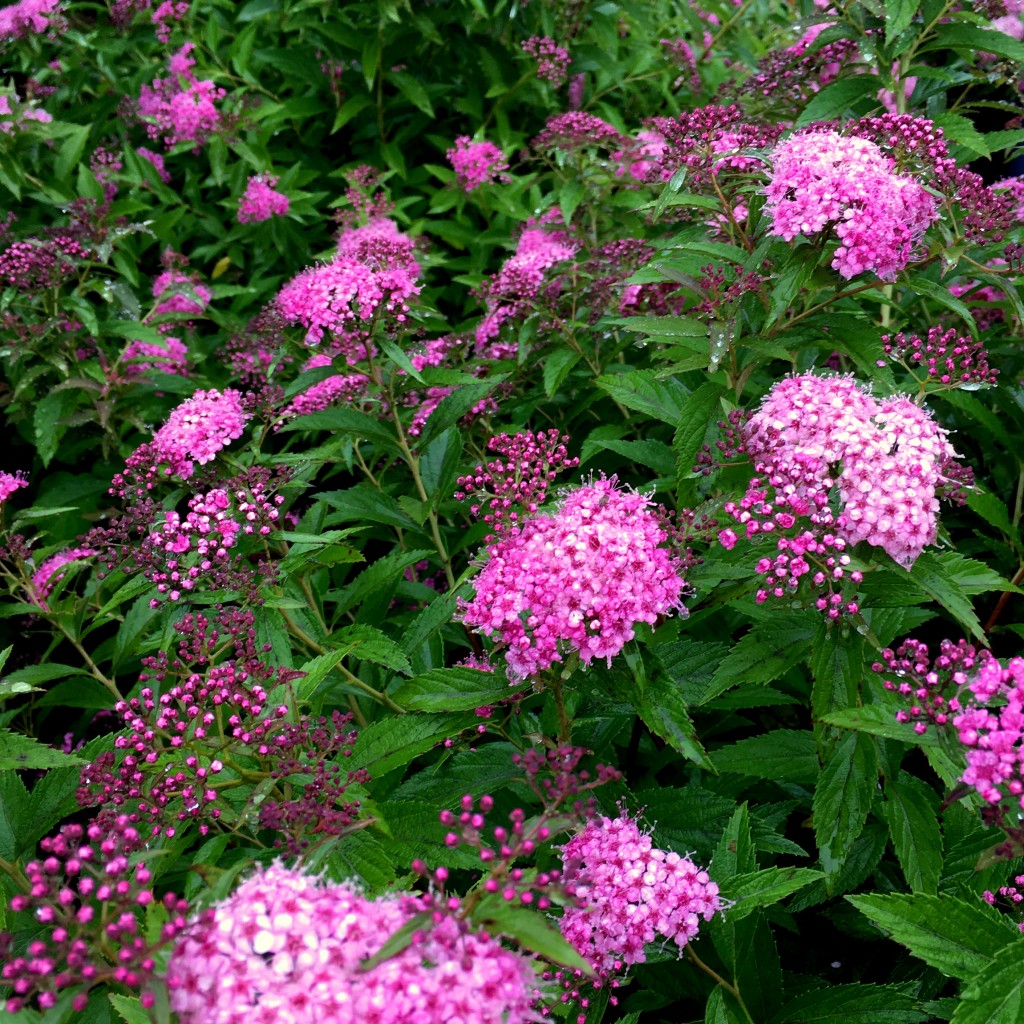
The increasing size of the white-tailed deer herd on Nantucket has had a huge impact on gardening. These large herbivores seem to much prefer eating our well tended plants over the natural vegetation. It can be devastating to walk into the garden in the morning to find whole groups of plants completely torn to the ground overnight. These large animals sneak in and out of our gardens in the dead of night, like ghosts, often leaving behind only shreds of our prized flowers and veggies. What are we to do? Many gardeners have simply given up. For those that enjoy growing food and flowers for the home, the best bet is a tall, sturdy fence and a dedicated garden. But do we really have to forgo a beautiful landscape with successive seasons of bloom and interest? I don’t think so. Where deer pressure is high, I suggest planting more deer-resistant shrubs and less perennials. Spiraeas are a fantastic way to go.
There are many species of Spiraea, but the majority of those cultivated are Spiraea japonica. The top sellers for us are x bumalda ‘Anthony Waterer’, ‘Neon Flash’ and ‘Little Princess’. All three flower in hues of pink and red over a long period in the summer. However, there are a great many other Spiraeas to take advantage of. There are large varieties that will arch over the back of the border, dwarf forms that can be used as ground covers, and a lot of rounded forms that seem to be at home almost anywhere in the landscape. They come in a range of colors from shades of red to clear white and everything in between. With a little planning and strategic maintenance, the clever gardener can have flowers from March until September with this versatile plant.
Generally Spiraea prefer a sunny location with average to fertile soil. That being said, they are extremely forgiving. As long as they get a little water during droughts, they will thrive in lean soils with a good layer of organic mulch over their roots. Part sun is just fine for most varieties, although they may tend to stretch a little more than their peers growing in the sun. Overall, Spiraeas are pest and disease free, and require more or less the same amount of maintenance than perennials to perform their best.
A few cultural notes:
- In the nursery, we notice Thunberg’s Ogon Spiraea tends to get powdery mildew early in the season and aphids can be a problem. Consider spraying a fungicide like copper at the first sign of mildew and scouting for aphids while new growth is tender. Insecticidal soap does a great job controlling these little buggers.
- Bumalda hybrids can get fungal spots when they are packed tightly together with overhead water. We suggest drip tubes for irrigation and a renewal pruning every few years, to keep these plants looking their best. If the spent flowers are a problem, shear them off as the petals fall; this haircut will tidy the plants and promote another bloom cycle five or six weeks later the same season.
- Early flowering types like ‘Ogon’, Snowmound’, vanhouteii and ‘Tor’ can be pruned while dormant just like their summer flowering cousins, but all the growth removed would have flowered in spring. For the largest flower display, hold off pruning until just after flowers have faded. The ideal way to prune these graceful shrubs is by thinning, rather than shearing. Shearing destroys the natural form and promotes a ‘witches broom’ appearance as many twigs regrow at the ends of trimmed branches. In situations where these plants are used as hedging or topiary, ignore these suggestions; shear the plants into the desired shape while dormant and follow up in early summer with another cut.
For Photos of all these plants, check out our Pinterest Page: Spiraea Pinterest Board
Common varieties are listed below:
Japonica and Japonica hybrids (Japanese Spiraea)
♠ These plants benefit from a light shearing after their first flush of flowers. This treatment removes deadheads and promotes a second flush of bloom later in the season. ♠
Spiraea x bumalda ‘Anthony Waterer‘ : This widely planted Spiraea, grows 4-5’ tall and wide with Carmine-pink flowers in summer. New growth is red, changing to bronze and maturing green. This variety is prone to branch sports with variegated leaves.
Spiraea Double Play ™ Artist aka Spiraea japonica ‘Galen’: A newer introduction with purple-red foliage in spring, that matures to a bluish green in summer. Low, mounded form 2- 21/2′ tall and wide with rich pink flowers.
Spiraea x japonica ‘Gold Mound’: Hybrid between S. j. var. alpina and S. xbumalda ‘Goldflame’. New leaves emerge bright yellow and mature to a light green in summer. Flowers are lavender pink. These Spiraea grow 2.5-3′ tall.
Spirea japonica ‘Golden Princess’: The dainty foliage emerges orangy-red, but matures to yellow. Bares pink flowers. Mounded habit, growing to 30″.
Spiraea japonica ‘Goldflame‘: New leaves are orangy-red, changing to yellow and mature to light green in summer. Pink flowers. 3′-4’ tall and wide.
Spiraea japonica ‘Little Princess’: Small leaves. Pink flowers in summer. This compact form will grow to about 3′ tall and wide.
Spiraea Magic Carpet ™: Dirr remarks, “Almost a ground cover variation of ‘Goldflame’.” New leaves are orangy-red, changing to yellow and mature to light green in summer. Pink flowers. Mounded habit, growing to 2.5-3′ tall and wide.
Spiraea japonica ‘Neon Flash’: Extremely similar to ‘Anthony Waterer’ but has less branch sports. Carmine pink flowers in summer. Foliage emerges red, changes to bronze and matures green. Rich red flowers on 5′ tall, rounded plants.
Spiraea japonica ‘Shirobana’ aka ‘Shibori’: A small shrub growing 2.5-3.5′ tall and wide. Bears pink and white flowers on the same plant. Some plants will display quite a lot of white, while some are mostly pink.
Nipponica (Nippon Spiraea)
Spiraea nipponica ‘Snowmound’: These large arching Spiraea will grow from 5-7′ tall and wide. Blue green foliage is somewhat ovate, with slightly toothed edges. White flowers appear along the branches in late May or June, making the plant look somewhat like a gushing fountain. Dirr claims ‘Snowmound’ is a superior plant to x vanhouteii, another white Spiraea that flowers in early summer. Pruning may be done while the plant is dormant, but all the growth removed would have flowered in early summer. For the largest flower display, hold off pruning until just after flowers have faded. Shearing destroys the natural form and promotes a ‘witches broom’ appearance as many twigs regrow at the ends of trimmed branches. In situations where these plants are used as hedging or topiary, ignore these suggestions; shear the plants into the desired shape while dormant and follow up in early summer with another cut.
Prunifolia (Bridalwreath Spiraea)
Spiraea prunifolia: This old favorite is a large rangy plant. The double, white flowers appear in mid April on bare stems. Although there are always a few customers each year that request this plant, we don’t often stock it. Other white-flowered Spiraeas are much better landscape plants.
Thunbergiana (Thunberg’s Spiraea)
Spiraea thunbergiana ‘Ogon’ aka Mellow Yellow®: I love this plant! The fine textured foliage is soft yellow maturing to light green. Tiny white flowers appear on bare stems in early spring. This arching shrub gets 3-5′ tall, but is best maintained by periodic pruning at 3′. In the nursery, we notice Thunberg’s Ogon Spiraea tends to get powdery mildew early in the season and aphids can be a problem. Consider spraying a fungicide like copper at the first sign of mildew and scouting for aphids while new growth is tender. Insecticidal soap does a great job controlling these little buggers.
x Vanhouteii (Vanhoutte Spiraea)
Spiraea xvanhouteii: Leaves are bluish green, lobed and wider than ‘Snowmound’ This large shrub grows 6-8′ tall and just as wide. The small white flowers appear in April or early May, along the arching branches. Pruning may be done while the plant is dormant, but all the growth removed would have flowered in early summer. For the largest flower display, hold off pruning until just after flowers have faded. Shearing destroys the natural form and promotes a ‘witches broom’ appearance as many twigs regrow at the ends of trimmed branches. In situations where these plants are used as hedging or topiary, ignore these suggestions; shear the plants into the desired shape while dormant and follow up in early summer with another cut.
Betulifolia (Birch leafed Spiraea)
Spiraea betulifolia ‘Tor’: Leaves are green, wider, and stubbier than many other spiraea, but still slightly lobed and toothed. White flowers Appear in May among the leaves. These plants are compact, 24-36″ tall and wide with a rounded habit.
Spiraea betulifolia Glow Girl® : A Proven Winners introduction. Very similar to ‘Tor’ but with yellow foliage. White flowers in May, 24-36″ tall and wide. Rounded Habit.
